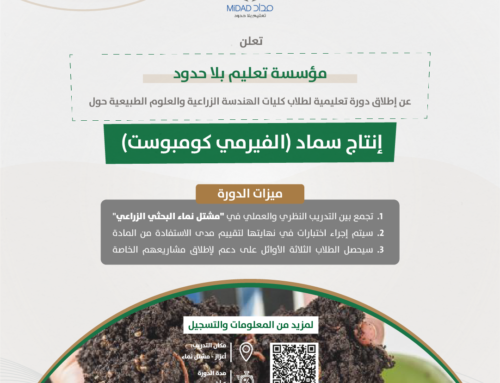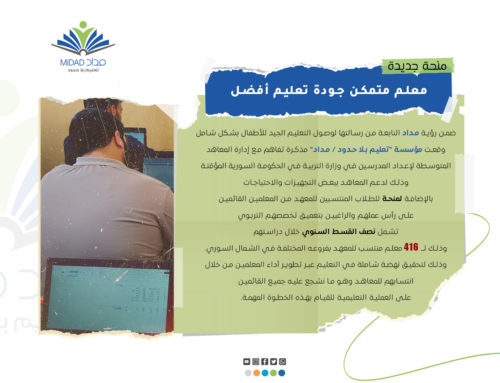Exam idea
If you are looking to study undergraduate or postgraduate studies in English, You will have to pass a test to prove your English language proficiency. To ensure that you have the required language skills and abilities necessary for the study, The TOEFL is one of the standardized tests related to the measurement of language abilities in the English language.
The TOEFL test is organized by the ETS Foundation. The exam is of two types, the first is a paper-based exam (PBT) and the second is Internet-based (IBT). The main purpose of the exam is to measure your ability to understand both spoken and written English and to determine whether your English writing ability fits the university level.
The TOEFL test is recognized in more than 130 countries worldwide. And more than 7,500 university colleges and other educational institutions accept TOEFL all over the world, TOEFL scores are used for admission to English language study programmes. By enrolling in a scholarship, or to emigrate.
The test was developed to measure the English language proficiency of foreign students wishing to study at American and Canadian universities. And therefore, The test system is designed to fit precisely with the many study destinations. It fits the American university examination system. Now most universities in the UK accept TOEFL.
Test parts
The parts of the TOEFL test do not differ much in the two types, whether (PBT) or (IBT), It consists of four sections:
reading:
You will be asked to read a few paragraphs of different articles. Similar to those taught at the university level, And answer the questions that follow each paragraph in the form of choosing the answer from among multiple options (MCQ = Multi Choice Questions), The questions are designed to assess your understanding while reading the key facts. Vocabulary and language style.
listening:
In this part you will hear excerpts from talks or conferences. Most of them are about university life, such as a conversation between a student and a teacher or a lecture in a field of study. The questions are multiple-choice questions and ask you for details, suggestions, and grammatical words. They are very familiar and ordinary syllables. You may hear words such as “eh” or “mm” or groans sometimes during the conversation.
speak:
This consists of speaking through a microphone that records what you are saying. And later, The examinee listens to your answers and rates you accordingly. And you will find two questions about personal matters such as your question about your town or your favorite teacher, And in two other questions, You focus your information from text or conversation while presenting your opinions, And you will find other questions asking you to summarize information in the form of a short conversation.
Writing:
In the end, You will have to write two short articles. In the paper-based exam (PBT), You will be given important topics to write about. Like how the internet changed our lives or if you could change one thing in your country, What is this thing. In the second type (IBT), You will need to analyze material from a text or lecture given to you and write a discussion article, Analyze the given information.
What is the difference between the IELTS exam and the TOEFL exam?
beginning, The result in the two exams varies from one exam to another. IELTS scores are in the form of ordinal grades from 1 to 9, while the results of the TOEFL are more numerous. It calculates your total score in the different sections of the exam. You find that in the IELTS test you speak with the examinee face to face, while in the TOEFL test you speak through a microphone and you have to answer six questions through the microphone.
IELTS is the most popular test in Britain and Europe, while TOEFL is most accepted in American, Canadian and Australian universities. however, Most universities now accept both. The purpose of the two exams is the same, and it depends more on the study destination chosen by the student. You can also take the TOEFL test via the Internet (Computer Based Test), which is an option that may be desirable for many students who live abroad.





